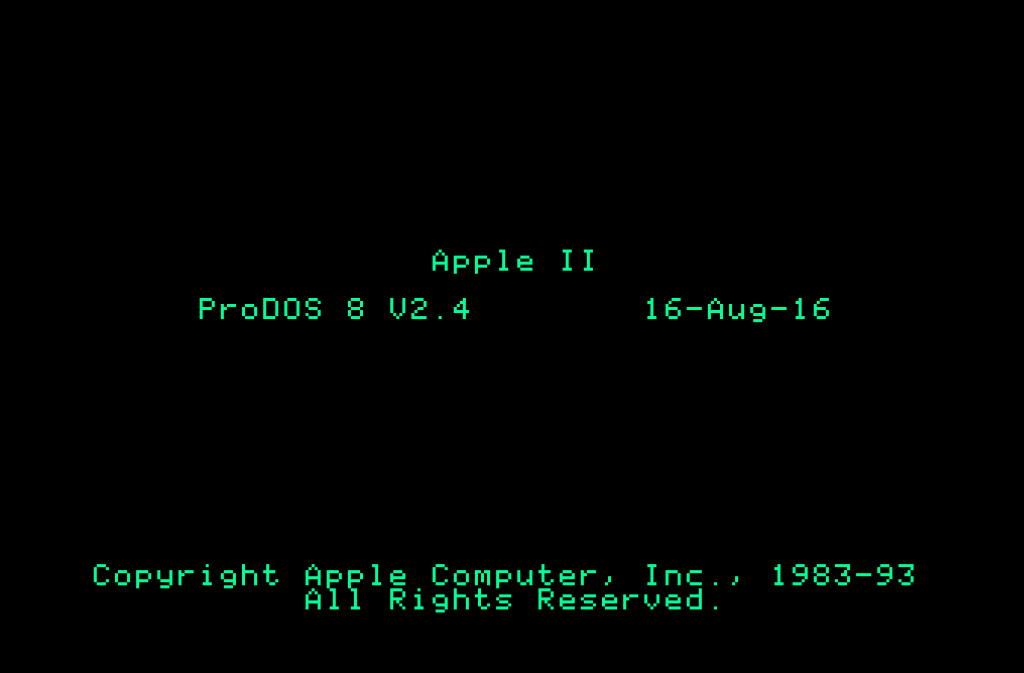
Of all the stories I’ve ever reported, I think none has been so purely good—in the good vs. evil sense—as watching a bunch of Apple geeks live in a dorm together for five days as they obsess over their shared fandom and continued use of the Apple II, a computer that was originally released in 1977.
At KansasFest, internet archivist Jason Scott told me that the people still using Apple IIs do it earnestly, as a “nonironic” expression of their passion for one of the most groundbreaking computers ever created.
“The Apple II fanatics here, the programmers of Apple IIs, the people who have Apple IIs that they’re just bringing here to have repaired or to learn more, everybody is coming at it with the sense that this is some part of my life,” Scott said. “Either a minor or a major or a forgotten part of my life. And they’re here, they’re not judged, everyone loves what they’re doing. It’s not a stepping stone to something else.”
And so the September release of ProDOS 2.4 was huge news in the small but passionate Apple II community. What is ProDOS 2.4? It’s a fanmade operating system update for the computer, the first in 23 years.

The operating system runs faster than ProDOS 2.0.3, which Apple released in 1993. It also adds native support for older 5.25” floppy disks on “newer” Apple IIs from the late 80s and early 90s, a hugely convenient feature for a community that is trying to copy and preserve old software before it is lost forever. Apple II users no longer have to dual boot their computers to run those programs and can more easily copy them to USB drives.
Making it was a feat of modern programming skill and competency—each and every byte of memory usage had to be allocated precisely due to the computer’s performance limitations, each line of code vetted to make sure it was as efficient as possible.
“There’s very little memory ProDOS is available to live in,” John Brooks, ProDOS’s programmer, told me. “It was a scramble to find every byte I could. I was writing functions that would take 50 bytes or something, but I only have 700 total to play with. It had to be rewritten between 150 and 200 times to squeeze everything in there.”

Brooks, who used to code Sega Genesis games for Electronic Arts, started coding his own Apple II+ in 1979, when he was 10 years old. He says that he started work on ProDOS out of a sense of nostalgia, and a desire in the community to preserve older programs before the floppy disks they came on degraded.
“I have a collection of 1,000 5.25” floppies in a storage room that need to be migrated to modern computers—programs I had written or things that were unique. More and more of them are becoming unreadable because they’re physically deteriorating,” he said. “Those are records of the dawn of an era that we’re never going to get back if we don’t save them. I want to preserve as much of that as possible.”
Scott, for his part, said that ProDOS 2.4 is the “OS news of the year.”
“This upgrade is a valentine not just to the community who makes use of this platform, but to the ideas of hacker improvement calling back decades before 1993,” Scott wrote in a blog post announcing the release. “The amount of people this upgrade benefits is relatively small in the world.”
[Source:-Motherboard]
